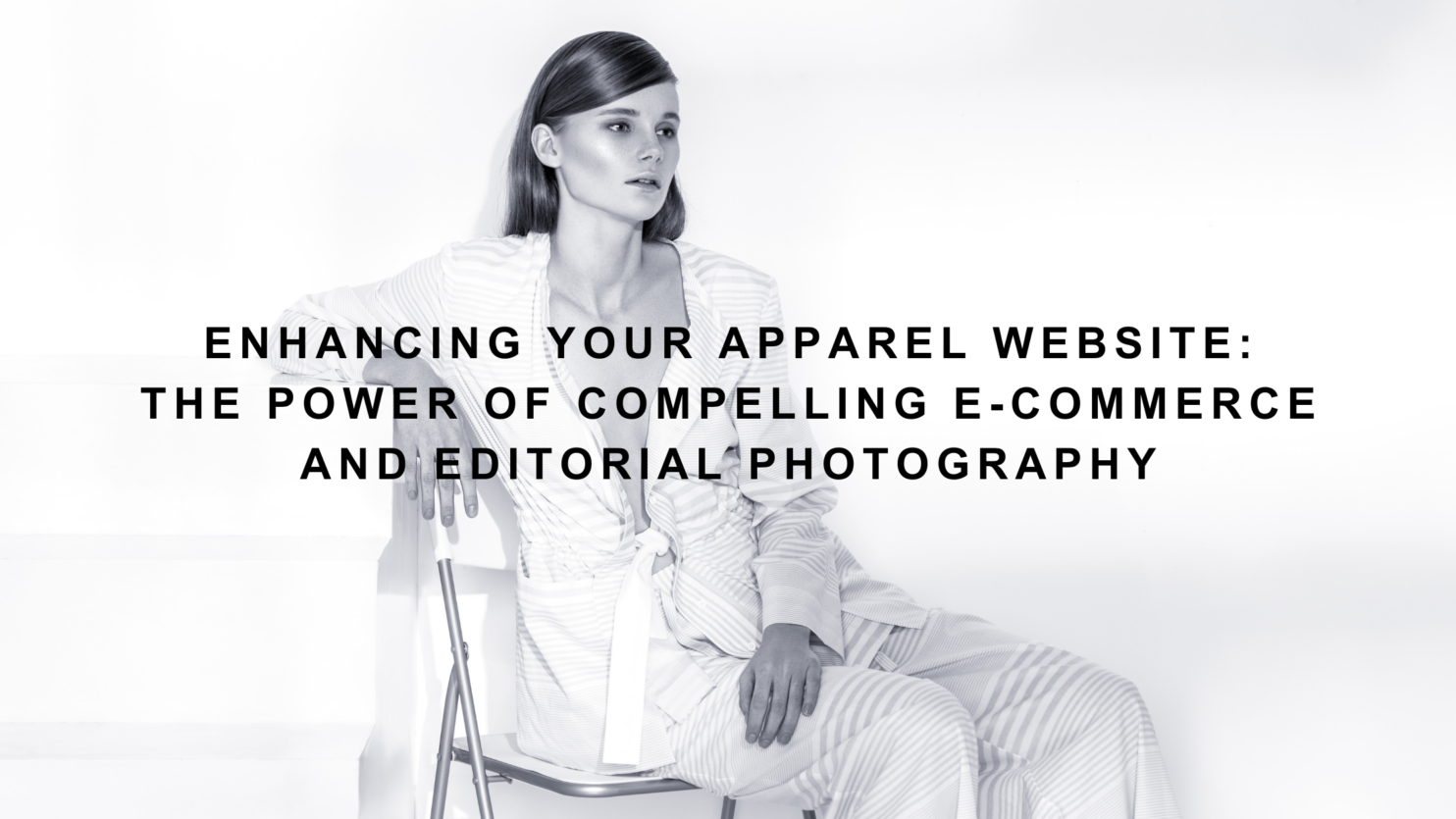Living in the digital age, the success of your apparel business depends on more than just the quality of your products. Now more than ever, consumers are turning to online shopping, making the presentation of your brand and products the key to success. There are many components to the overall presentation to consider. The photography you choose should feature the right balance between e-commerce and editorial photos, while harnessing the skills of an aligned photographer.
The Impact of Visuals on Consumer Behavior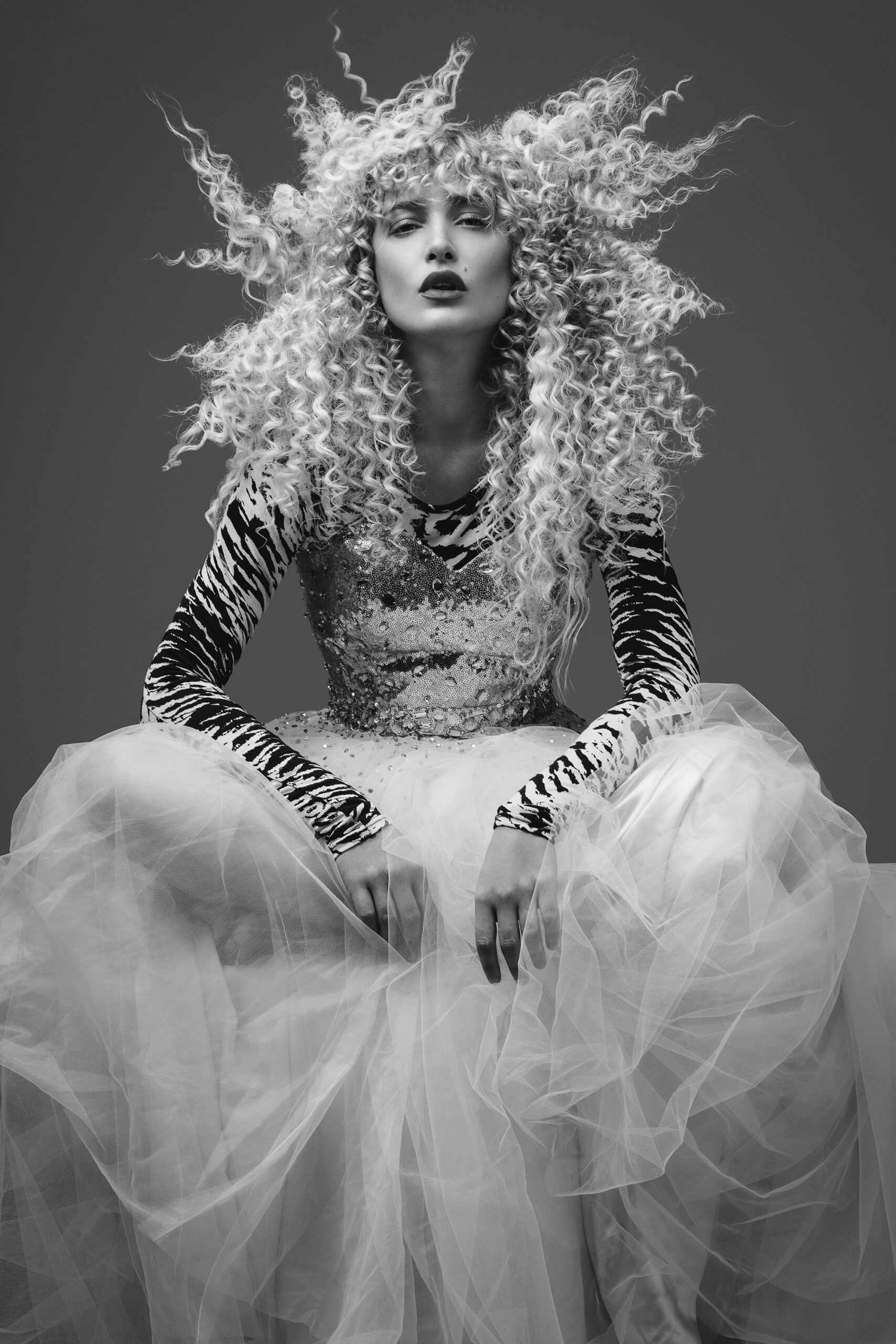
As humans, we are pulled in by visuals, and when it comes to online shopping, the saying “a picture is worth a thousand words” couldn’t be more accurate. When potential customers visit your website, they first notice the aesthetics and visuals, so it’s no surprise that high-quality images attract more attention and lead to higher conversion rates. Results Imagery states, “Pages with 360-degree images saw add-to-cart rates increase by 35%, while overall conversion rates increased by 22%. Furthermore, their click-through rate on social media ads yielded a 4.5% conversion rate (almost twice the industry average).” Whether it’s the main product images on your e-commerce pages or the editorial shots in your blog posts, these images play a crucial role in shaping the perception of your brand and products.
The Importance of E-Commerce Photography

Photo Credit: Bibi Photography
https://www.instagram.com/bibi_photography_01/
The photos that you select as your e-commerce product shots are equivalent of a storefront window display, so it is important to select visually appealing, informative, and percussive images that inspire visitors to make a purchase. There are a few key factors you should consider for e-commerce photography. Being consistent in style and background across all product shots is important because it creates a cohesive look that reinforces your brand identity. Having high-resolution photos is another key factor, which allows customers to zoom in to products and see the details clearly, instilling confidence in the quality of your products. Lastly, providing multiple angles and close-up shots of the products gives the customers a comprehensive view from different perspectives.
Leveraging Editorial Photography for Brand Storytelling

“Katie Mccurdy on Instagram: ‘???? @needsupply & @collinastrada.’” Instagram, 13 Sept. 2017, www.instagram.com/p/BY_gjN5nJQv/
There are many ways to leverage the use of editorial photography in a way that speaks to your brand and your customers. Editorial photos set the mood for your brand and/or collection, while also creating a connection with your audience.
Contextualization: Place your apparel products in real-life settings or styled outfits to help customers visualize how they can incorporate them into their own lives.
Narrative: Use editorial photos to tell a story about your brand’s values, inspirations, or the craftsmanship behind your products.
Diverse Representation: Ensure diversity and inclusivity in your editorial photos to resonate with a wider audience and foster a sense of belonging.
Preparing Your Shoot: Setting the Stage for Success
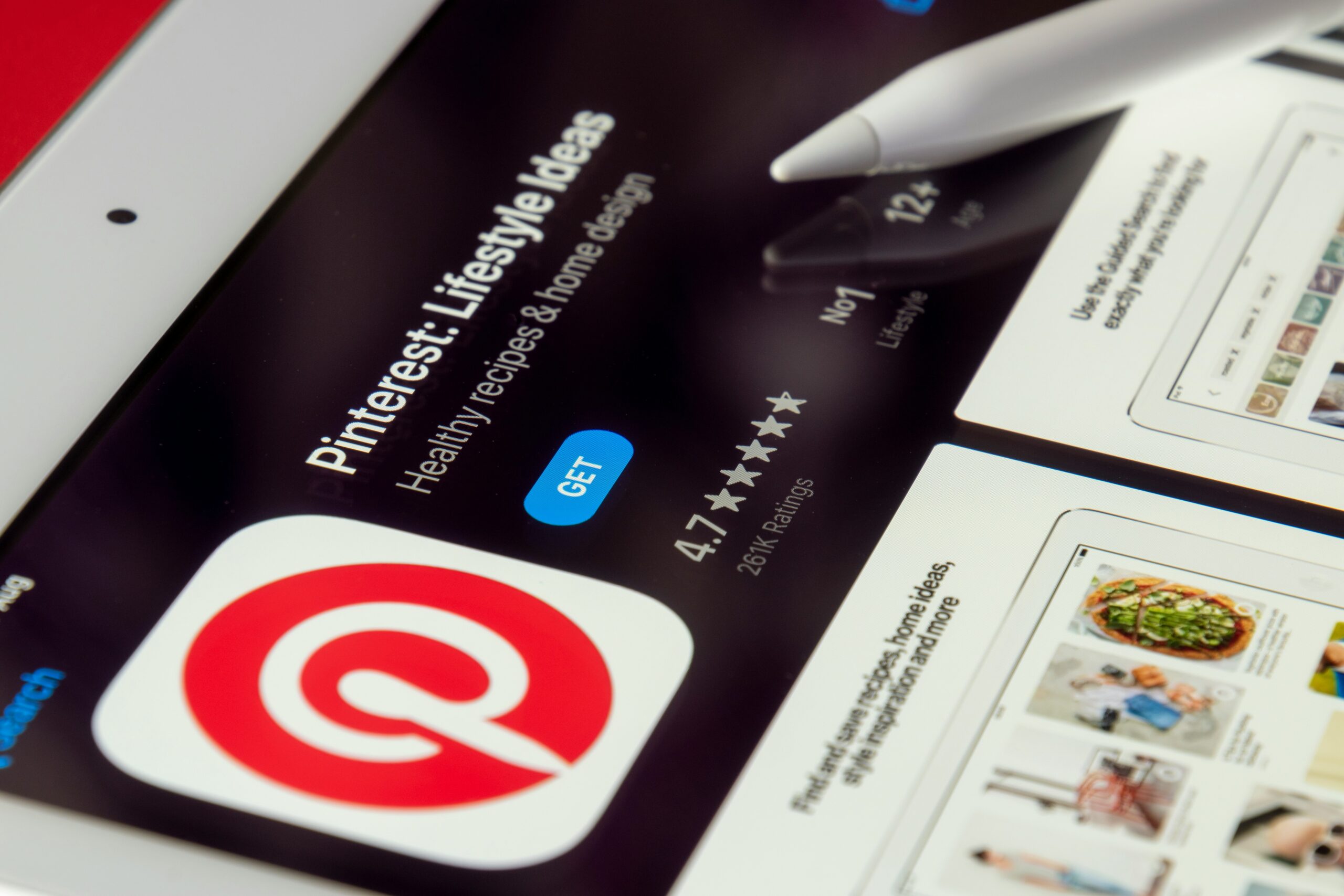 Creating a successful photoshoot involves meticulous preparation. Start by crafting detailed mood boards to capture the desired aesthetic. Ensure that the location complements both the season and your brand’s overall style. Budgeting is crucial; allocate funds wisely to cover all necessary elements, (for example, the location, photographer, model/s, props, etc). Develop a comprehensive shot list to maintain consistency across all styles of shots and highlight every product feature. Attention to these details will ensure a smooth and productive shoot.
Creating a successful photoshoot involves meticulous preparation. Start by crafting detailed mood boards to capture the desired aesthetic. Ensure that the location complements both the season and your brand’s overall style. Budgeting is crucial; allocate funds wisely to cover all necessary elements, (for example, the location, photographer, model/s, props, etc). Develop a comprehensive shot list to maintain consistency across all styles of shots and highlight every product feature. Attention to these details will ensure a smooth and productive shoot.
Choosing the Right Photographer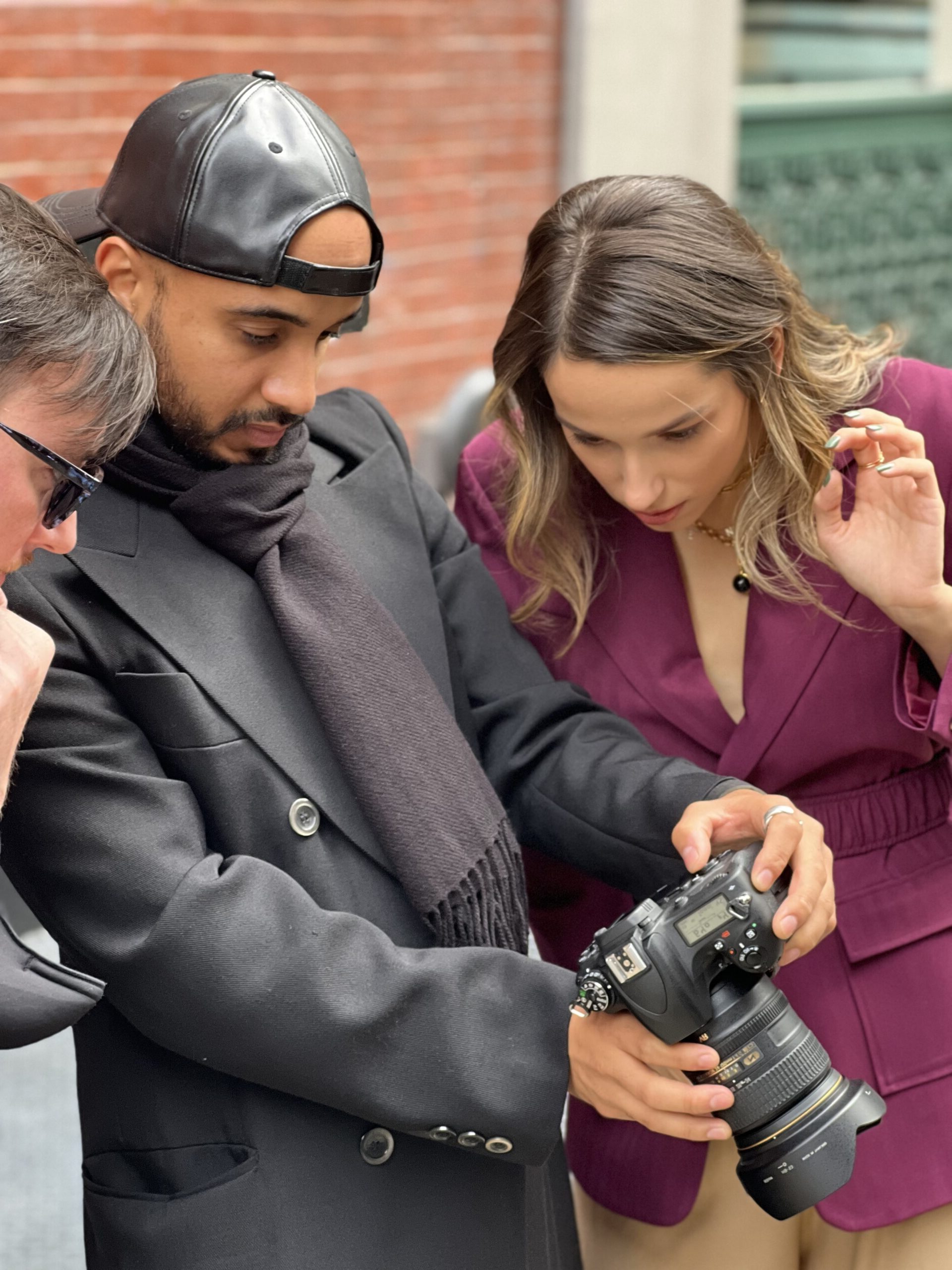
Behind every stunning photo is a skilled photographer who understands your brand vision and knows how to bring it to life. When selecting a photographer for your apparel website, consider the following factors: portfolio, collaboration, and experience. An important step when selecting the right photographer is reviewing their portfolio. By doing this you are assessing the photographer’s style, expertise, and previous work with fashion brands. This step is important for many reasons, but the main one is that it will show you if they fit the overall aesthetic and feel that you want your brand.
Next when looking for the right photographer you need someone who is willing to collaborate closely with you to understand your brand aesthetic and goals. Lastly, prioritize a photographer with experience in fashion and e-commerce photography. They will be familiar with the specific requirements of shooting angles, editing, the consistency in the style, etc.
 Maximizing Photos Online: Extending Your Reach
Maximizing Photos Online: Extending Your Reach
To make the most of your photos, integrate an SEO strategy by tagging them appropriately. Repurpose the images across various platforms such as your website, social media, and Pinterest. Pinterest is a valuable tool for apparel brands due to its visual nature and wide user base. By maximizing your content’s visibility, you can significantly enhance your brand’s online presence and engagement.
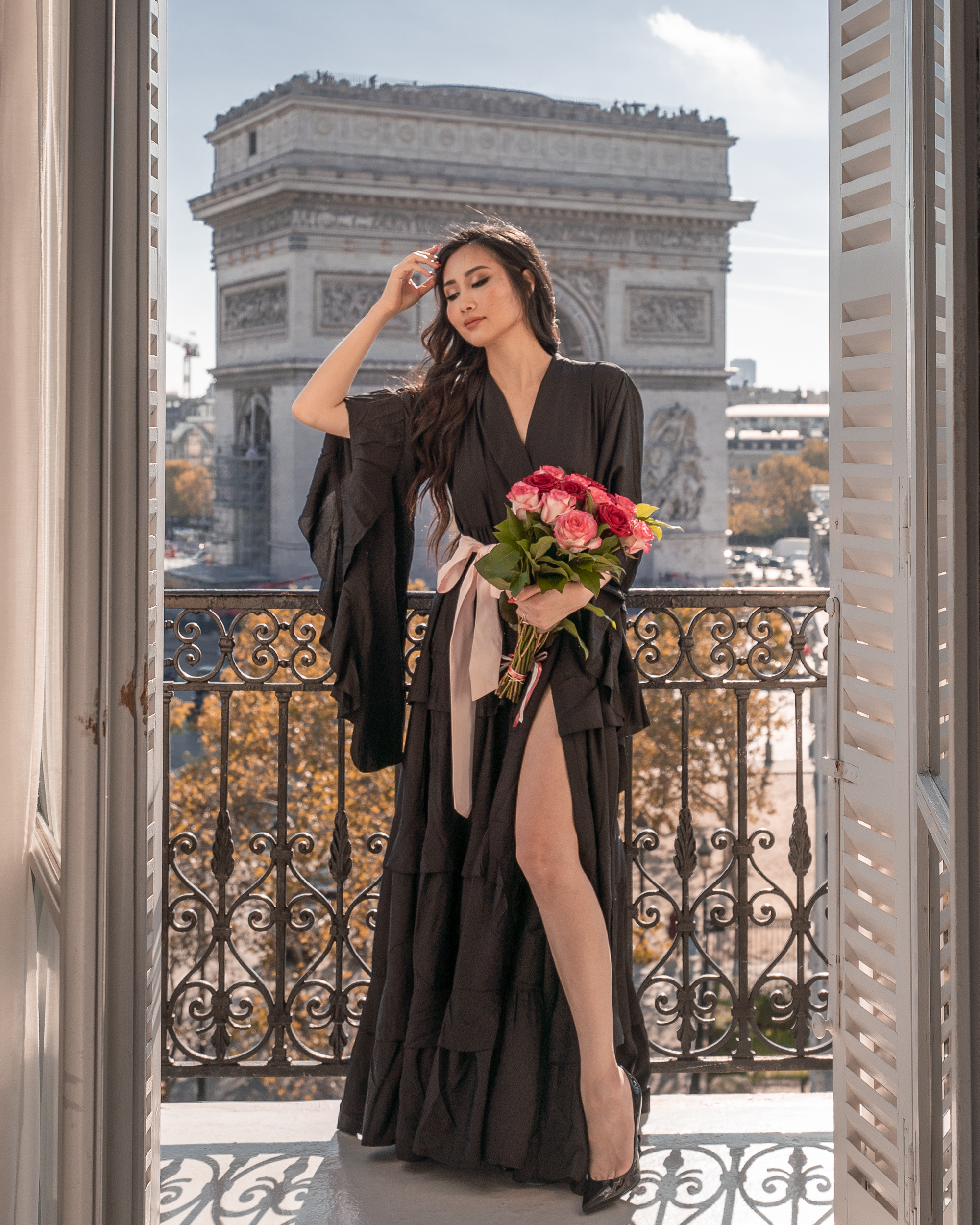
Photo Credit: Tina Lee
https://www.instagram.com/tinalee/
Elevating Your Brand Through Visual Excellence
In conclusion, investing in high-quality e-commerce and editorial photography is essential for the success of your apparel website. These images serve as powerful tools for attracting customers, conveying your brand identity, and ultimately driving sales. By partnering with the right photographer and carefully curating your visual content, you can create a captivating online shopping experience that leaves a lasting impression on your audience.
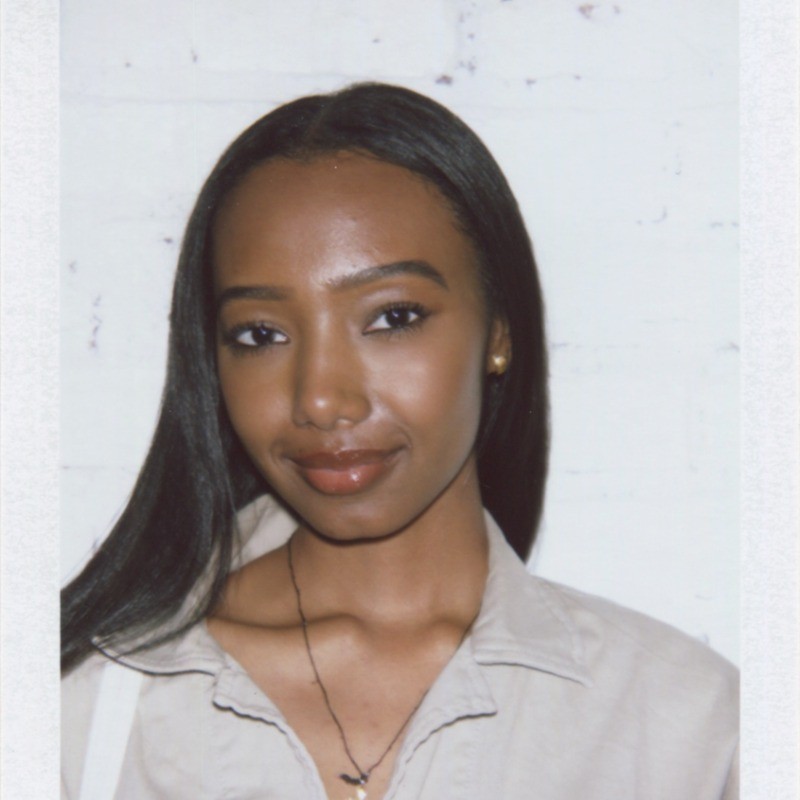 Saba Desta is the Marketing and Brand Relations Manager at Stars Design Group. With expertise in Brand Strategy, Social Media, Content Creation, and Influencer Marketing, Saba leads the development of brand books, catalogs, and marketing campaigns. As the liaison between marketing and sales, Saba ensures seamless collaboration and communication between departments. She manages client-facing projects and fosters team growth. With a background in Digital Media Production and Digital Journalism, Saba brings a strategic and creative approach to enhancing brand presence in the apparel and fashion industry.
Saba Desta is the Marketing and Brand Relations Manager at Stars Design Group. With expertise in Brand Strategy, Social Media, Content Creation, and Influencer Marketing, Saba leads the development of brand books, catalogs, and marketing campaigns. As the liaison between marketing and sales, Saba ensures seamless collaboration and communication between departments. She manages client-facing projects and fosters team growth. With a background in Digital Media Production and Digital Journalism, Saba brings a strategic and creative approach to enhancing brand presence in the apparel and fashion industry.

